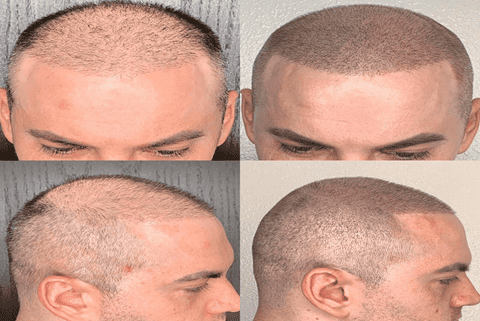Whether you were born with them or have developed some over the years, we all have moles on our skin. These small patches of pigmented skin cells are usually harmless but can look unsightly or cause irritation, which might be why you would be interested in mole removal in London.
Checking Your Moles
Experts recommend that you check moles every few months, particularly if you have fair skin and a lot of moles. If you have a mole that has become raised up, has an irregular edge, changed colour or increased in size, then this could be an early sign of skin cancer. More detailed advice is available here.
Melanoma
This type of skin cancer is becoming more common and often appears as dark spot which suddenly appears and then grows quite quickly. A normal-looking mole which starts to grow, itch or bleed can also be a sign of melanoma. If caught early enough, surgical removal of the melanoma can be a successful treatment. The British Association of Dermatologists provides some useful information about melanoma. If you are concerned about your moles, you should make an appointment to discuss them with your GP. A referral to a dermatologist may follow if any of your moles need further investigation.
Cosmetic Removal
If you feel your mole looks unpleasant, you may want to explore surgical removal. This form of cosmetic surgery is not available on the NHS, so you would have to consider private providers.
Types of Surgery
Standard practice is for a mole to be removed with local anaesthetic. If the mole is very superficial, it may only be necessary to shave the area using a sharp blade. This is called a shave excision. Antibiotic ointment and a sterile dressing are used to protect the wound, which should heal completely after a few weeks.
More complete removal of the mole is achieved with an elliptical excision, where deeper layers of skin are cut away with a blade, and the resulting wound is closed using absorbable sutures.
Some centres offer removal of moles with low-power electrosurgery or Hyfrecator, which is a very rapid treatment for superficial skin lesions.
Tissues that have been removed are sent for microscopic examination to ensure that there are no cancerous changes in the cells.






